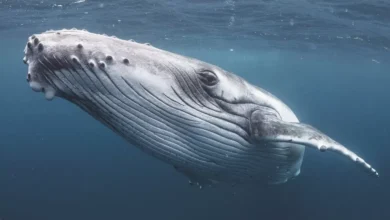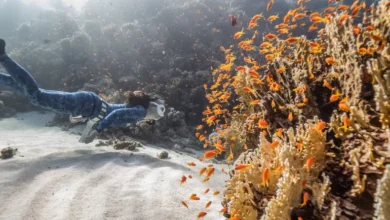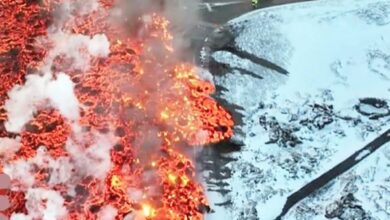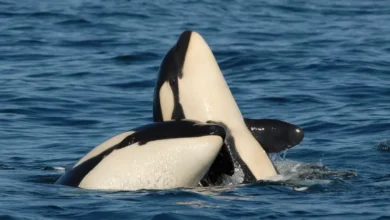Pterosaur: Unique flying reptile soared above Isle of Skye
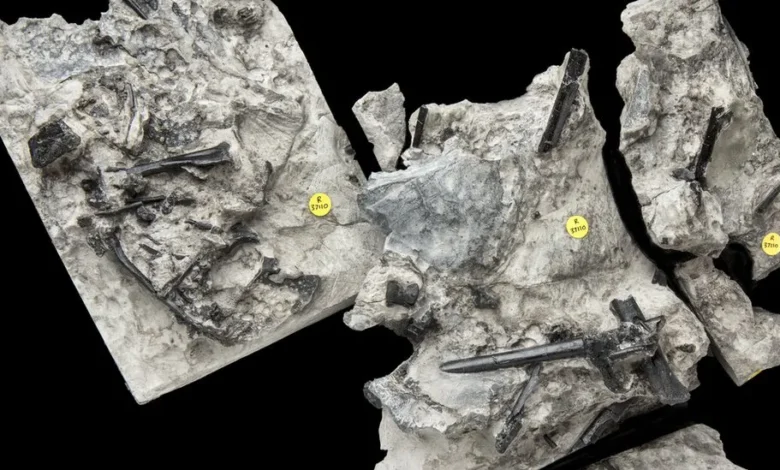
A unique species of flying reptile, or pterosaur, that lived 168-166 million years ago has been discovered on the Isle of Skye.
Its wings, shoulders, legs and backbone were found in a rock on a beach, but the fossil’s skull was missing.
Scientists were surprised to find a pterosaur from this period – they were thought to mostly live in China.
The creature – called Ceoptera – is the second pterosaur found on Skye.
Its name comes from the Scottish Gaelic word cheò, meaning mist, and is a reference to the Gaelic name of Isle of Skye – Eilean a’ Cheò or Isle of Mist.
Fossils from this era, called the Middle Jurassic, are extremely rare, says Dr Liz Martin-Silverstone at the University of Bristol who used a CT scanner to make a 3D digital model of the fossil.
“Finding anything from that time period that’s more than just a single bone is really exciting,” she says.
The creature probably had a wing-span of around 1m to 1.5m.
Prof Steve Brusatte, who was not involved in the research, says it was unique to Scotland. The research proves that a type of pterosaur between the primitive and advanced stages of evolution existed, he adds.
“This is the time before birds, so pterosaurs ruled the sky. This research shows that pterosaurs were common animals in Scotland, soaring over the heads of dinosaurs,” he said.
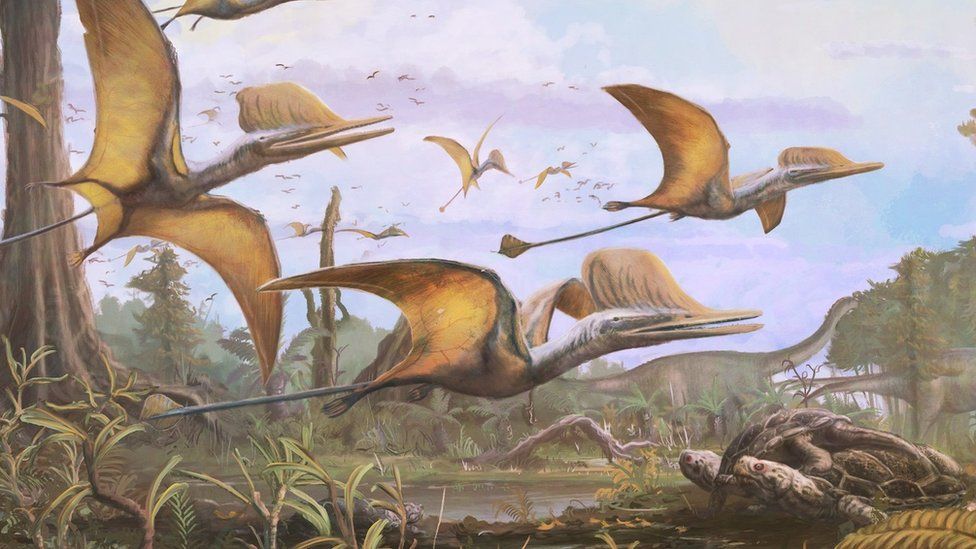
Prof Brusatte led a project that found another type of pterosaur, called Dearc, in 2022.
In the Middle Jurassic period, Scotland was part of an island in the middle of the Atlantic Ocean with a sub-tropical climate with beaches and lagoons where the pterosaurs probably liked to live, he explains.
Scientists with the Natural History Museum first found the fossil buried in rock on a dig in 2006.
“We were looking at very dark black bone on a very dark grey rock. We were on hands and knees crawling, looking for small smears of bone on the surface,” says Dr Paul Barrett who was on the expedition.
The team carried the fragile fossil in backpacks on the journey back to London to protect it from damage, he adds.
It took thousands of hours to remove enough of the hard limestone rock around the fossil so it could be studied.
After using acid to dissolve rock and then scanning the specimen, scientists have now published their classification of the fossil.
“This group of more advanced flying reptiles had an earlier flourishing than we originally thought,” says Dr Barrett.
The creature is from the Darwinoptera branch of pterosaurs. The research shows that the group lived for more than 25 million years, from the late Early Jurassic to the latest Jurassic, explains Dr Martin-Silverstone.
The findings are published in the Journal of Vertebrate Paleontology.




